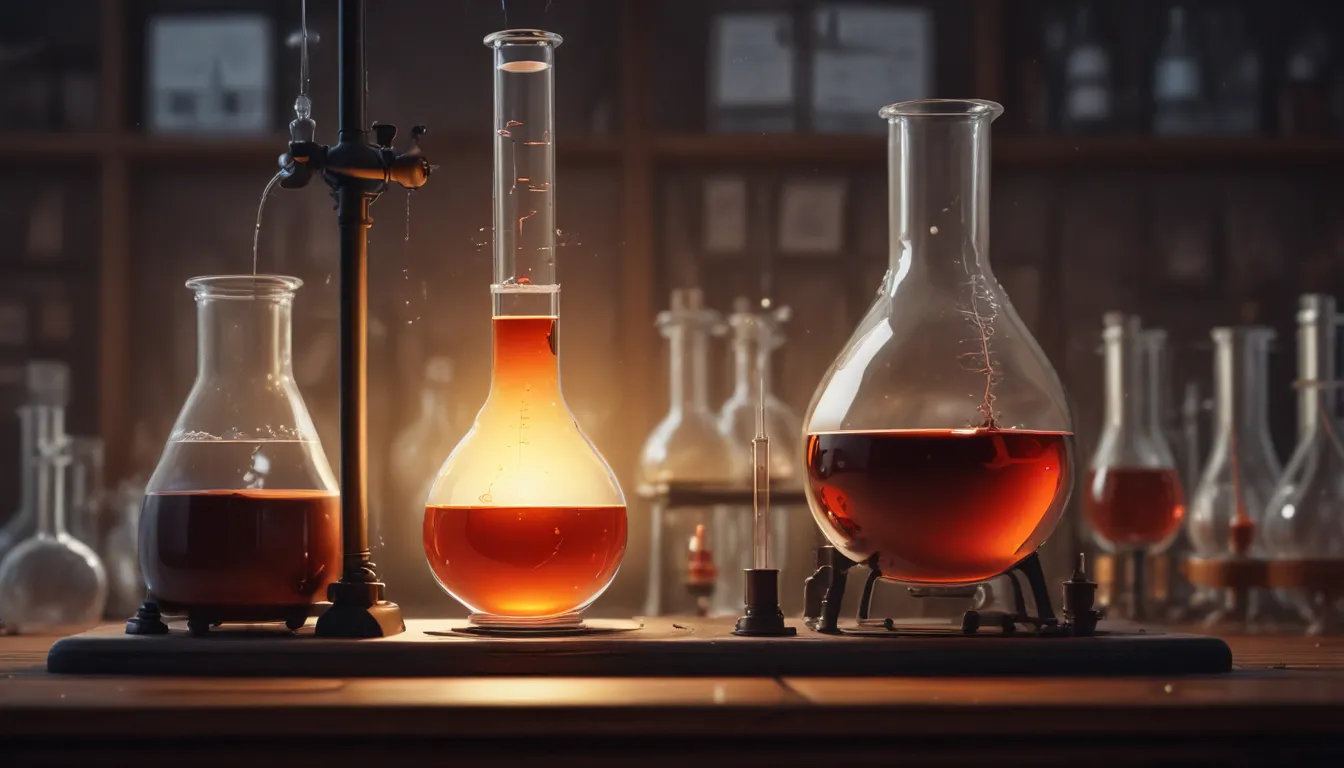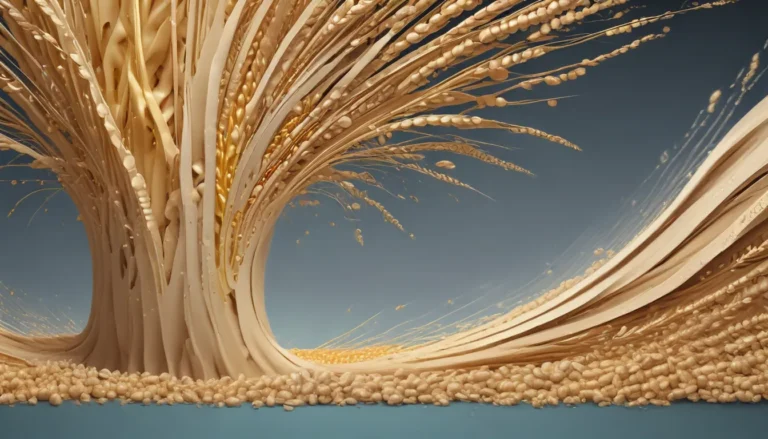A Note About Images: The images used in our articles are for illustration purposes only and may not exactly match the content. They are meant to engage readers, but the text should be relied upon for accurate information.
In the realm of analytical chemistry, redox titration stands out as a powerful tool that utilizes oxidation-reduction reactions to determine the concentration of specific analytes in samples. This branch of chemistry plays a vital role in various industries, encompassing pharmaceuticals, environmental analysis, and food science. Join us on a journey to explore 20 fascinating facts about redox titration that will enhance your understanding of this critical field.
Exploring the Essence of Redox Titration
Redox titration revolves around the transfer of electrons between two chemical species – the analyte and the titrant. This transfer of electrons enables the determination of the analyte’s concentration through the change in oxidation states during the reaction. Renowned for its accuracy, versatility, and simplicity, redox titration has become a cornerstone technique in analytical chemistry.
Key Takeaways:
- Redox titration plays a pivotal role in laboratories by measuring electron transfer and analyzing substances for environmental, pharmaceutical, and industrial purposes.
- Scientists utilize redox titration to gauge the concentration of a myriad of substances in solutions like acids, bases, and metal ions, shaping the landscape of chemistry education with evolving technologies.
Unveiling the Facts About Redox Titration
1. Redox Titration as a Spectacle of Chemical Analysis
Redox titration shines as a potent technique in laboratories for the quantitative analysis of chemical substances. It involves the electron transfer between reactants, making it a fundamental tool for studying oxidation and reduction reactions.
2. The Art of Measuring Electron Transfer
Within redox titration, the crux of the reaction lies in the transfer of electrons from one species to another. By monitoring the change in oxidation states, scientists can accurately pin down the concentration of the analyte present.
3. Environmental Analysis at its Core
The realms of environmental analysis heavily rely on redox titration to unearth the presence and concentration of pollutants like heavy metals and organic compounds. This analytical technique aids in evaluating the quality of water, soil, and air.
4. Pharma’s Trusted Companion
Redox titration emerges as a stalwart in pharmaceutical research and analysis, serving to measure drug purity, determine active ingredient concentrations, and assess pharmaceutical formulation stability.
5. Industrial Applications
Industries harness the power of redox titration in various processes such as chemical compound production, pharmaceutical manufacturing, and food additive quality control. It serves as a beacon for monitoring reaction efficiency and product quality.
6. The Role of Indicator Solutions
Indicator solutions play a pivotal role in redox titration, providing visual cues to mark the reaction endpoint. These solutions undergo color changes based on the analyte’s oxidation state, facilitating the determination of reaction completion.
7. The Need for Standardized Solutions
To ensure precise analyte concentration determination, redox titration necessitates the use of standardized solutions with accurately known concentrations. These solutions serve as titrants against the analyte solution.
8. Diverse Titrants for Different Analytes
Depending on the analyte’s nature, a variety of titrants can be employed in redox titration. Common titrants encompass cerium sulfate, potassium permanganate, iodine, and dichromate ions.
9. Analyzing Metal Ions
Redox titration finds widespread utilization in metal ion analysis, allowing scientists to gauge the concentration and presence of these ions in diverse samples through oxidation state alteration measurements.
10. Influences of Temperature and pH
Temperature and pH wield significant sway over redox titration outcomes, highlighting the importance of precise control over these factors to secure accurate results.
Redefining the Landscape with Redox Titration
The Intricacies of Redox Titration Techniques
Redox titration unfolds through various experimental techniques like potentiometric titration, amperometric titration, and coulometric titration. Each technique boasts unique advantages tailored for specific applications.
Decoding Oxidation States
Redox titration serves as a pathway to discern the oxidation state of elements. By tracking oxidation state changes during the process, scientists can unveil the precise oxidation state of elements within the analyte.
A Beacon in Qualitative Analysis
Beyond quantitative analysis, redox titration plays a pivotal role in qualitative analysis, enabling the identification of specific elements or compounds based on observed redox reactions.
Indicator Selection: A Critical Choice
The choice of indicator wields significant importance in redox titration, steering accurate results. Varied indicators exhibit distinct color changes at specific pH levels, enhancing endpoint detection precision.
Insights into Solution Concentrations
Redox titration emerges as a potent method for ascertaining diverse substances’ concentrations in solution, spanning acids, bases, reducing agents, and oxidizing agents. It stands as a cornerstone in analytical chemistry and chemical research.
Illuminating Water Analysis
Redox titration casts its light upon water sample analysis, unraveling dissolved oxygen, chlorine, and other substance concentrations. This analytical approach is pivotal in assessing drinking water quality and safety.
A Pillar in Chemistry Education
Redox titration takes center stage in chemistry courses, serving as a practical exercise for students to grasp redox reactions, stoichiometry, and analytical technique fundamentals.
Unleashing the Potential to Quantify Unknown Substances
Through redox titration, unknown substances’ quantification beckons by comparing them against known standardized solutions. Precise volumetric measurements of the titrant unveil the analyte’s concentration.
Illuminating the Analysis of Edibles
Redox titration dons the mantle in food and beverage analysis, unravelling additives, preservatives, and chemical compound concentrations. This analysis is paramount for ensuring food safety and quality adherence.
Embracing Technological Advances
Embracing technological progress, redox titration witnesses evolution with cutting-edge techniques and instruments enhancing accuracy, speed, and overall efficiency. This evolution brings forth more precise analyses across diverse scientific fields.
Embracing the Realm of Redox Titration
Dive into the depths of redox titration’s captivating world that stretches far beyond chemical analysis. Expand your horizons with mesmerizing chemistry facts, unravel stoichiometry’s mysteries, and forge a newfound appreciation for this indispensable aspect of scientific exploration.
Your Feedback Matters!
At the heart of our content lies a steadfast commitment to deliver engaging, reliable information. Each fact you encounter is a testament to our dedicated users’ insights, ensuring a tapestry of diverse and credible information. Trust in our unwavering dedication to quality and authenticity as you embark on a journey of exploration and learning with us.






